Roasting process, baking degree and roasting curve general knowledge of coffee roasting
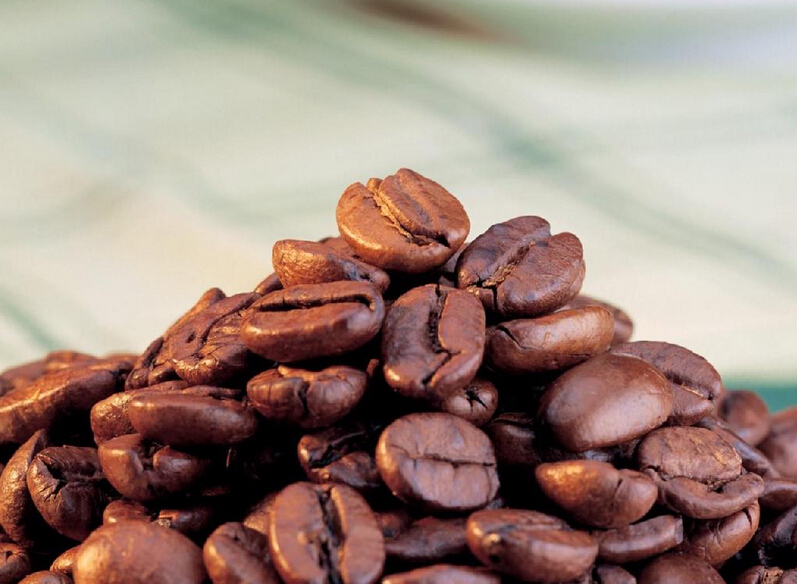
The following text is extracted from the book falling in love with barista by Qi Ming, a teacher from Pulan Coffee College, which was printed by Jiangsu Science and Technology Publishing House for the third time in March 2015. Reprint must indicate the author and the source.
One can't make bricks without straw. If the quality of raw coffee beans is not good, no matter how skilled the roaster is, everything is still out of reach. For those coffee beans of poor quality, using shallow roasting is like forcing a bloated person to wear a bikini-the poor body curve is undoubtedly exposed and the weakness is even more prominent. On the other hand, if you increase the degree of baking, you will be able to mask some of the sensory details. Many roasters who advocate shallow roasting put the quality of coffee raw beans in the first place.
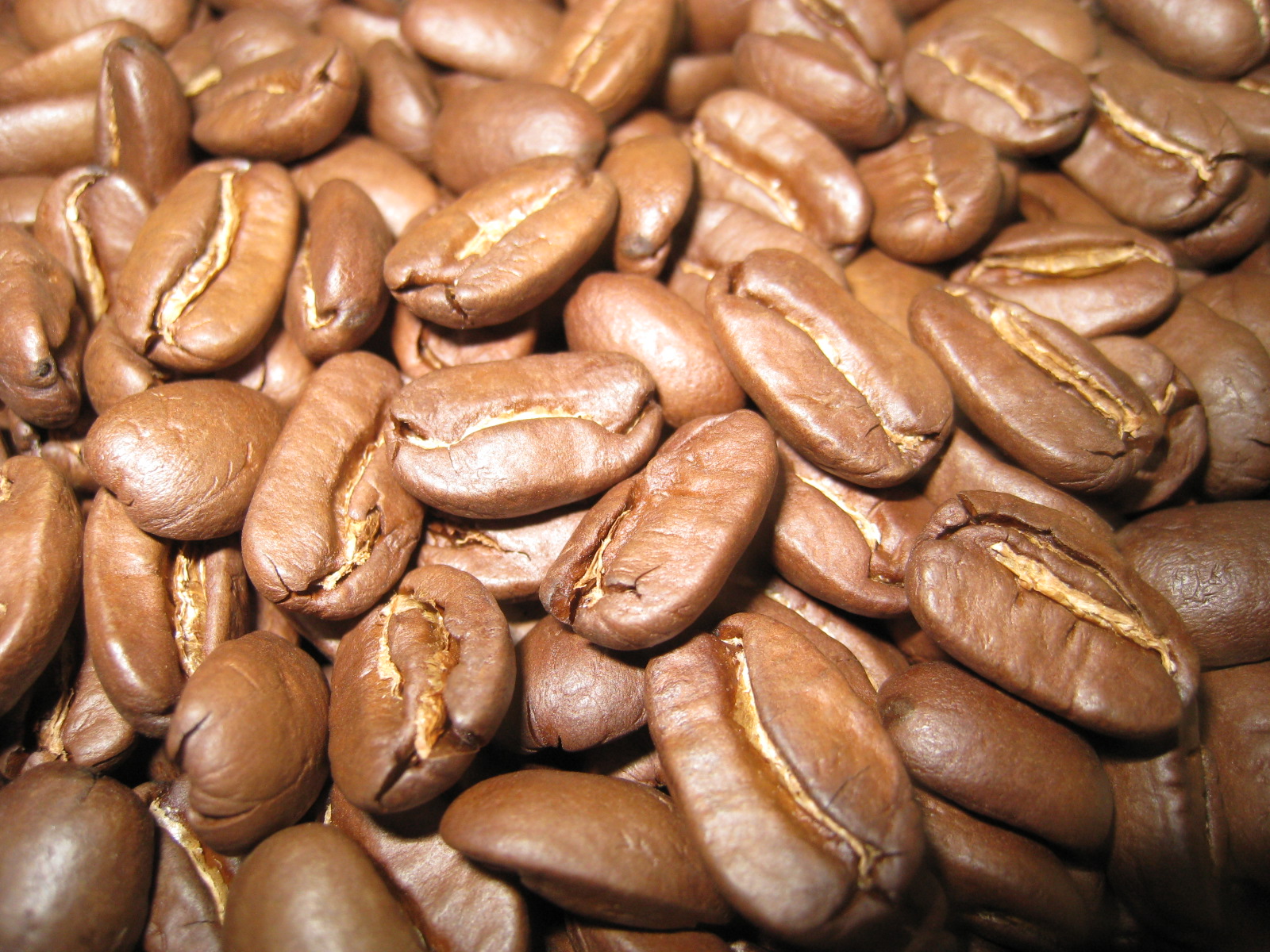
First of all, coffee roasters need to accurately grasp the degree of baking. From the appearance, it is the appearance of the color of the bean surface, and from the smell, it is the expression of aroma, but in essence, it is the progress of the chemical reaction in the coffee beans-- in different degrees, the formation of sweet, sour and bitter aroma is different, the flavor presented is naturally different. In the roasting process of coffee beans, a large number of flavor-rich acids are first formed inside. With the continuous improvement of the degree of roasting, the acid in coffee beans gradually decomposed, the sugar converted from starch gradually coked, and the bitterness increased gradually. So we can say that with the improvement of the degree of roasting, the sour taste of coffee beans weakens and the bitter taste increases.
However, it is not enough to know the degree of baking. the process of baking is the process of heat transfer. the complex combination of different forms of heat transfer, such as conduction, convection and radiation, constructs a set of more complex heat transfer efficiency. every second affects the progress of the reaction, and we can only grasp this heat transfer efficiency by observing the temperature rise of the final audience-coffee beans per unit time. Thus controlling the whole baking rhythm, this complete rhythm appears to be the so-called baking curve. We might as well make a summary of coffee flavor: if we stir moderately quickly, the expansion rate of coffee beans increases, the extraction rate increases, the thickness of alcohol increases, the acidity increases, the acidity increases, and the bitterness weakens; if we stir slowly properly, the expansion rate of coffee beans decreases, the extraction rate decreases, and the thickness of alcohol decreases, acidity weakens, bitterness increases.
With the gradual improvement of the degree of baking, the aromatic substances formed are mainly small molecular weight compounds at first (during shallow baking). They are the most active, and a large amount of escape is first perceived by our sense of smell. the odors are mainly floral, grass and fruity, and then when it comes to moderate baking, most of the aromatic substances are medium molecular weight compounds, such as caramel, cream, chocolate, nuts and so on. During the gradual transition to deep baking, the aromatic substances formed are mainly some macromolecular compounds, which are the least active and finally come. In the sense of smell, the smell of resin, spices, charcoal and so on is very obvious.
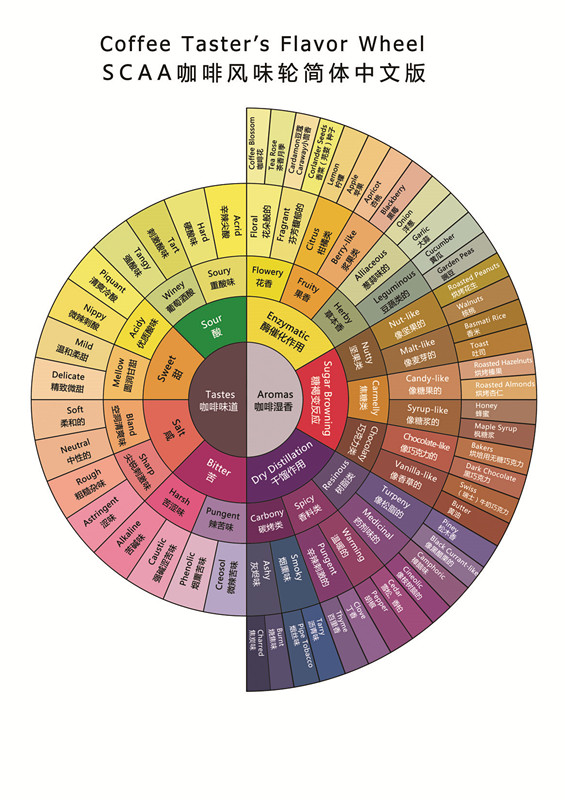
Important Notice :
前街咖啡 FrontStreet Coffee has moved to new addredd:
FrontStreet Coffee Address: 315,Donghua East Road,GuangZhou
Tel:020 38364473
- Prev
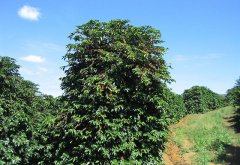
Roasting of Coffee and planting of Coffee trees
Coffee is a perennial evergreen shrub or small tree of Rubiaceae. It is a horticultural perennial cash crop with the characteristics of fast growth, high yield, high value and wide market. Wild coffee trees can grow to a height of 5 to 10 meters, but coffee trees planted on the manor are often cut to less than 2 meters in order to increase their fruit and facilitate harvesting. The first flowering period of a coffee tree is about the age of the tree.
- Next
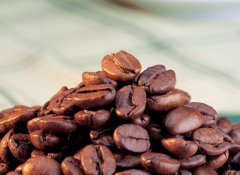
Roasting process, baking degree and roasting curve general knowledge of coffee roasting
The following text is extracted from the book falling in love with barista by Qi Ming, a teacher from Pulan Coffee College, which was printed by Jiangsu Science and Technology Publishing House for the third time in March 2015. Reprint must indicate the author and the source. One can't make bricks without straw. If the quality of raw coffee beans is not good, no matter how skilled the roaster is, everything is still out of reach. For those coffee of poor quality
Related
- Beginners will see the "Coffee pull flower" guide!
- What is the difference between ice blog purified milk and ordinary milk coffee?
- Why is the Philippines the largest producer of crops in Liberia?
- For coffee extraction, should the fine powder be retained?
- How does extracted espresso fill pressed powder? How much strength does it take to press the powder?
- How to make jasmine cold extract coffee? Is the jasmine + latte good?
- Will this little toy really make the coffee taste better? How does Lily Drip affect coffee extraction?
- Will the action of slapping the filter cup also affect coffee extraction?
- What's the difference between powder-to-water ratio and powder-to-liquid ratio?
- What is the Ethiopian local species? What does it have to do with Heirloom native species?

